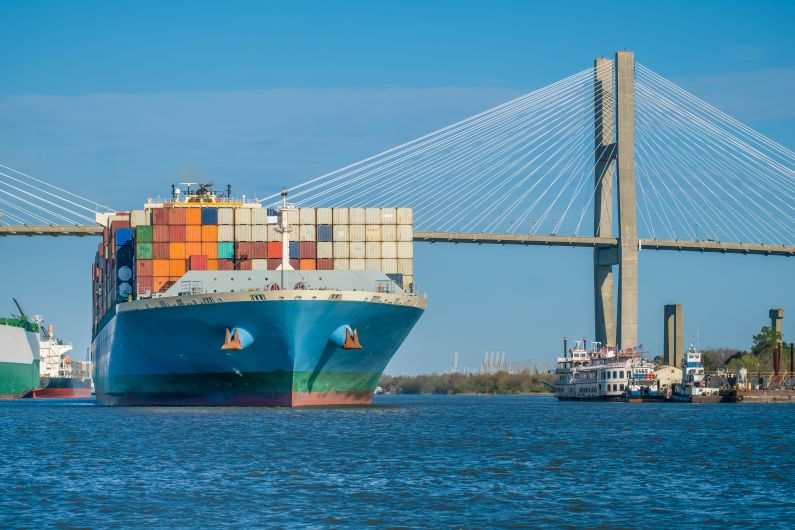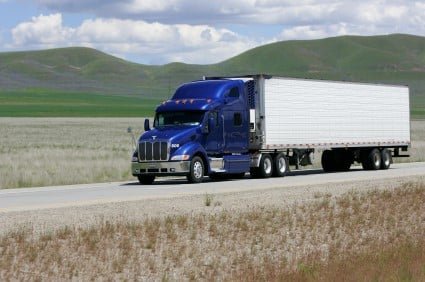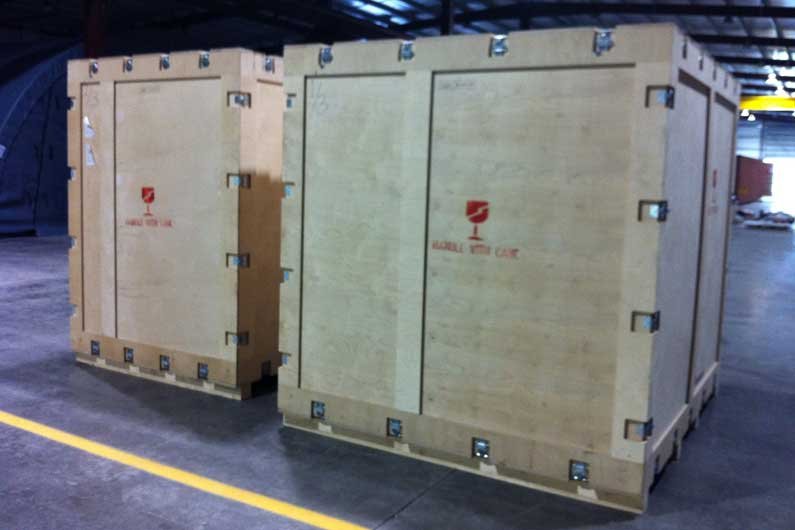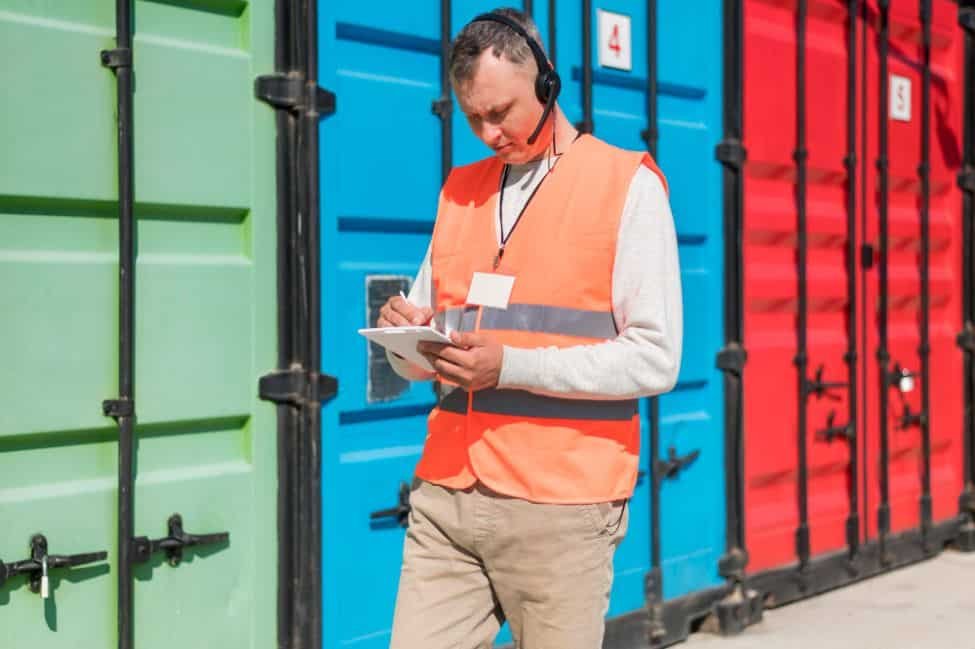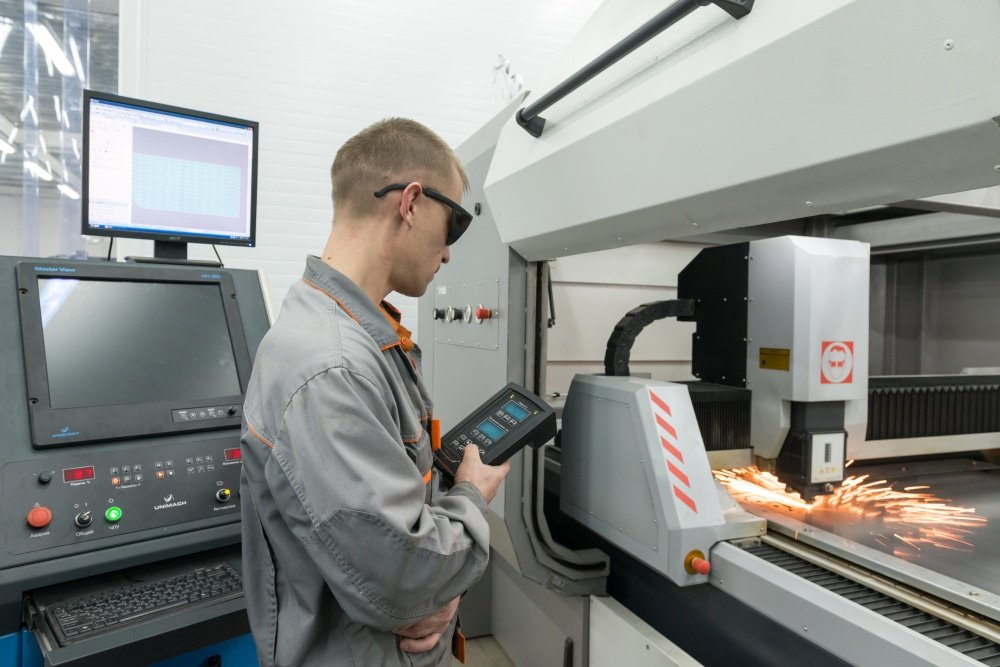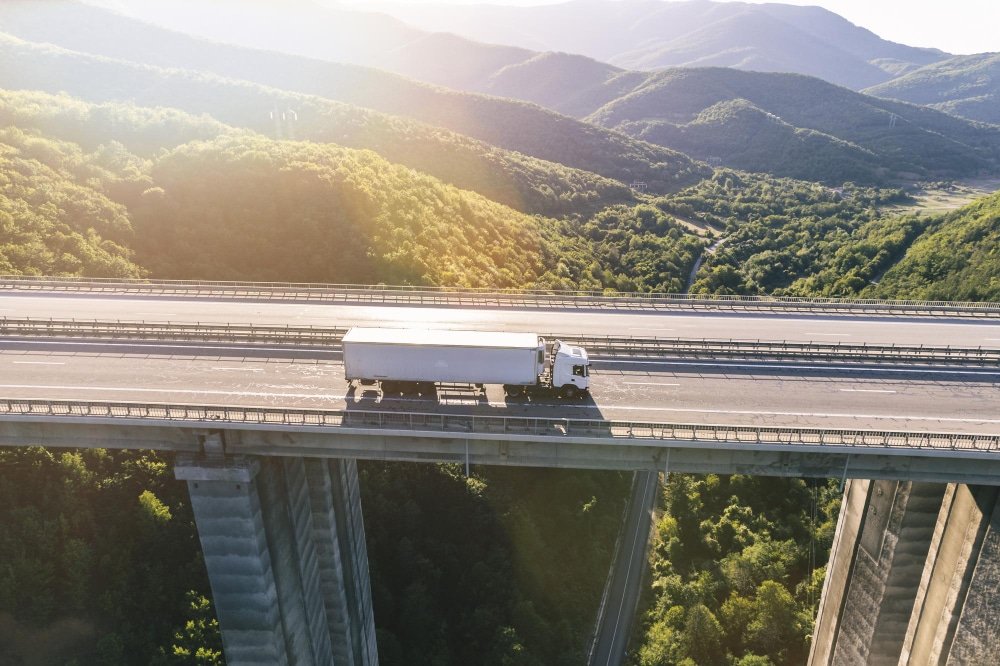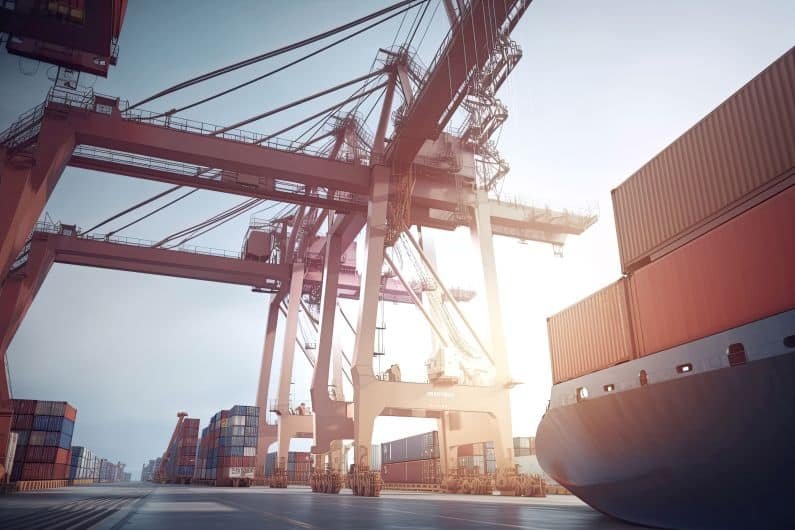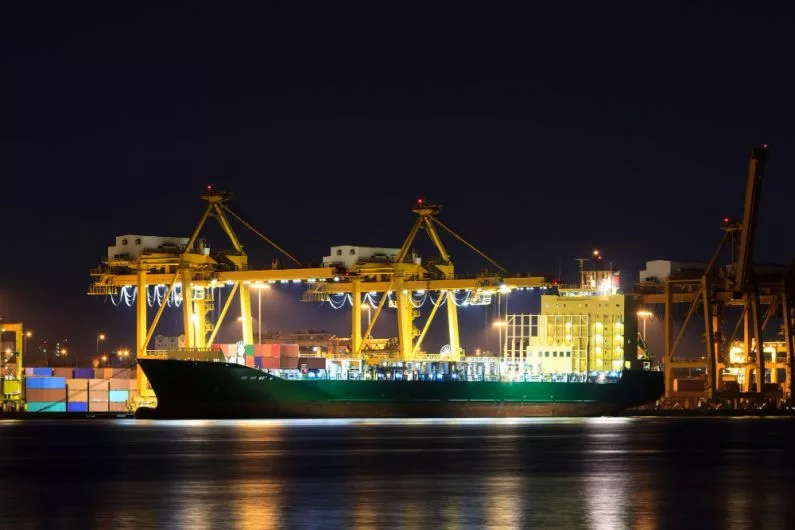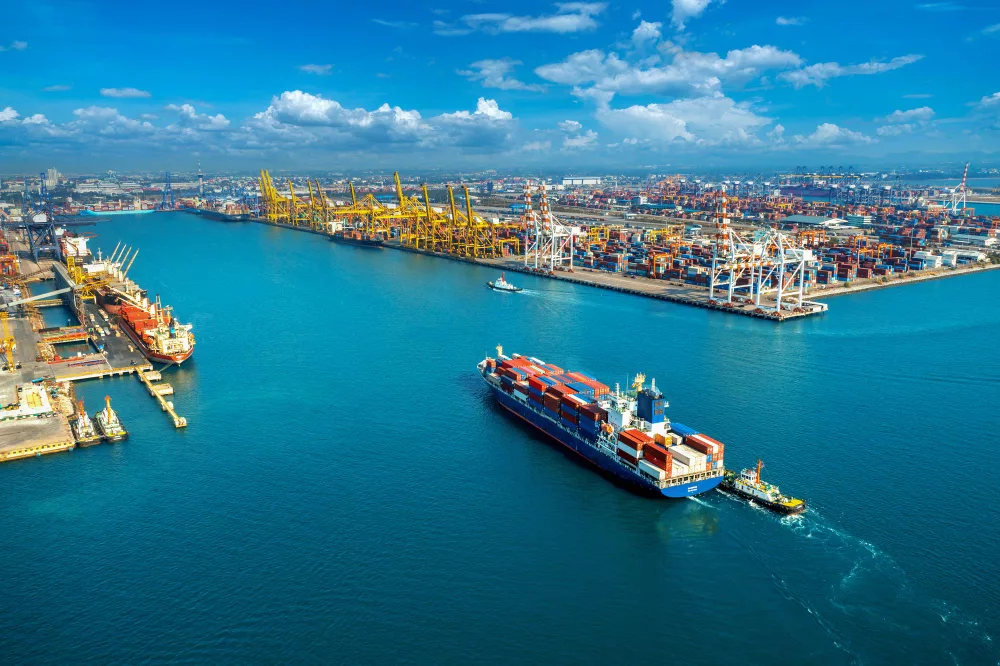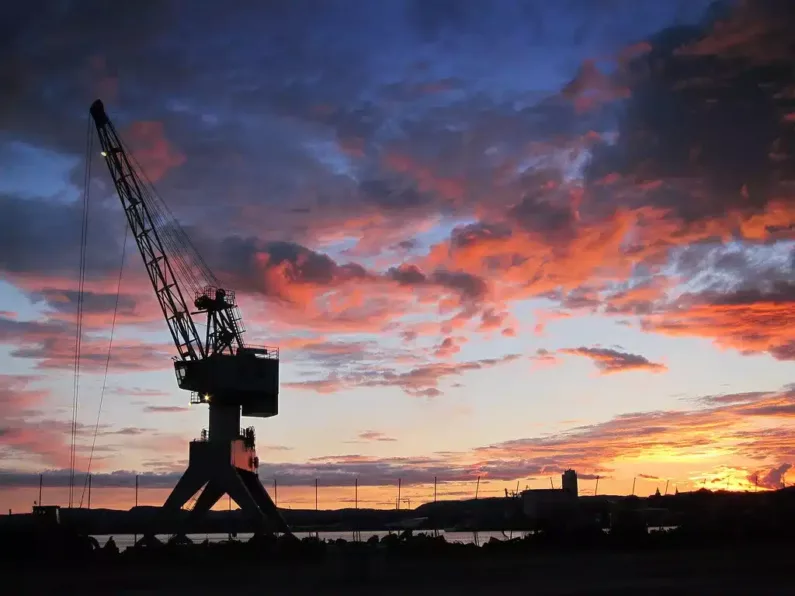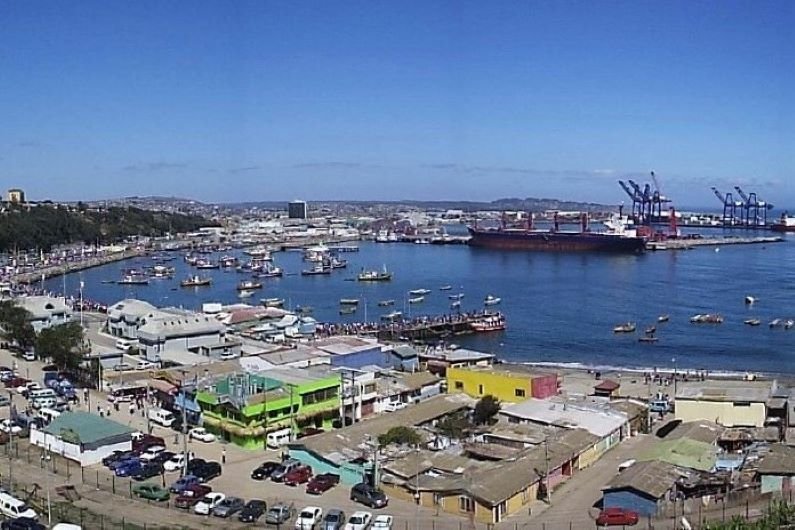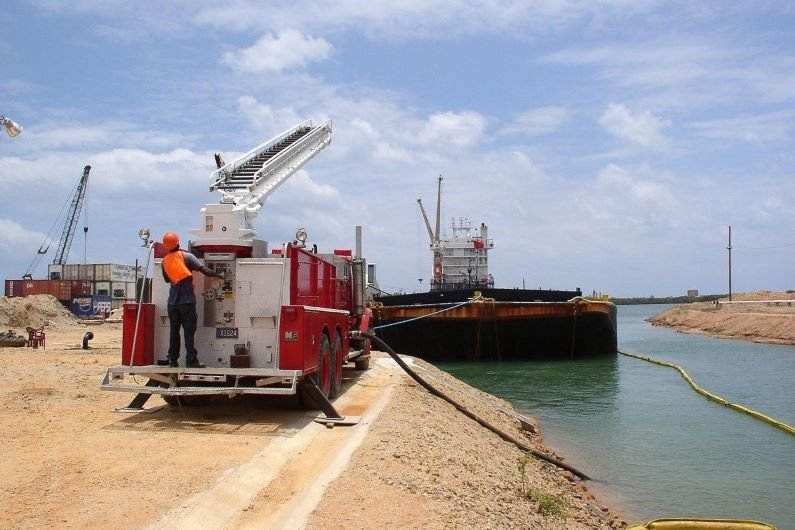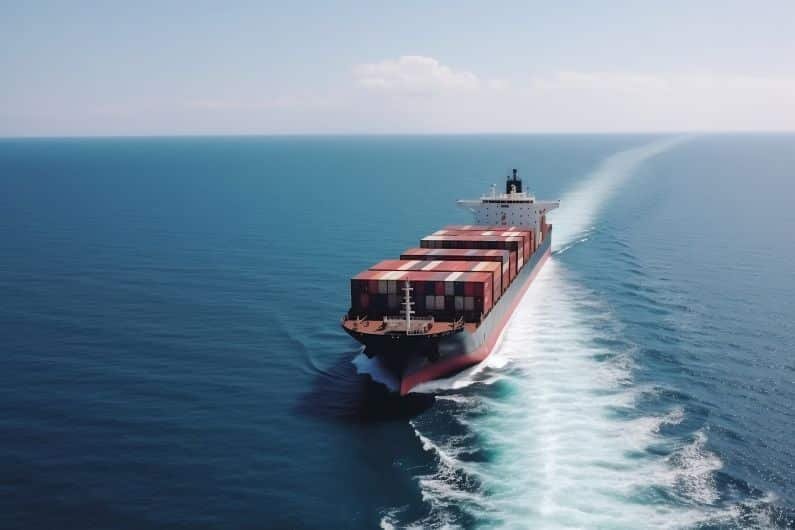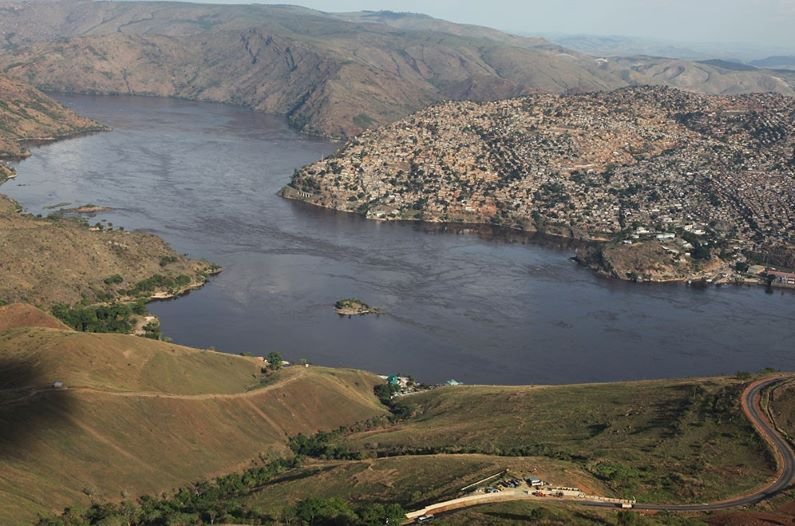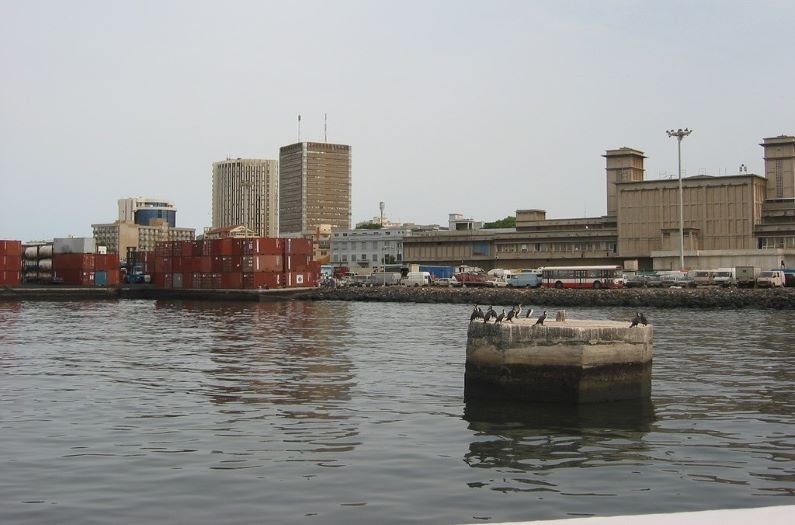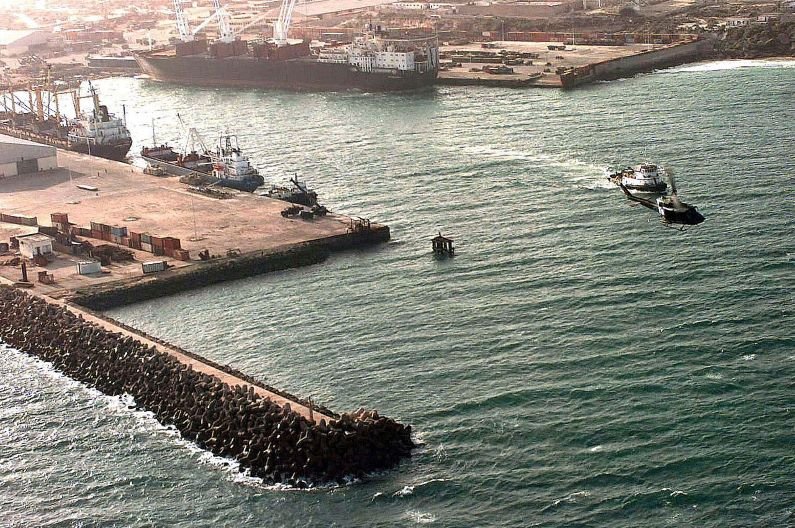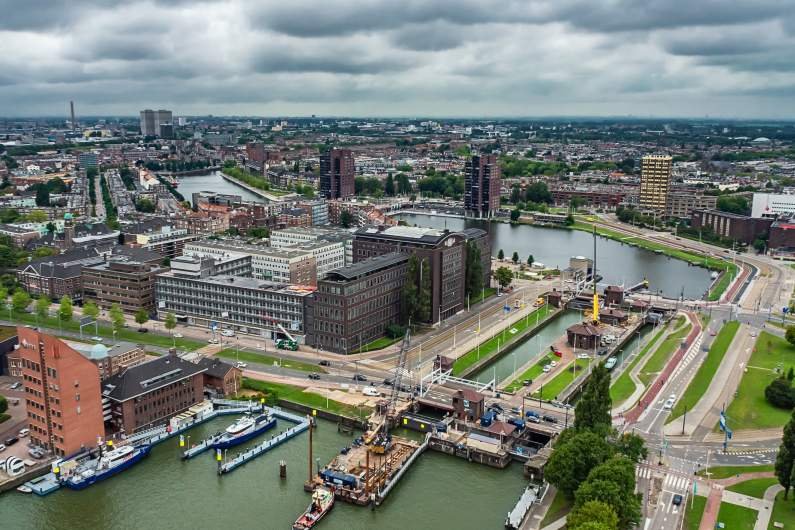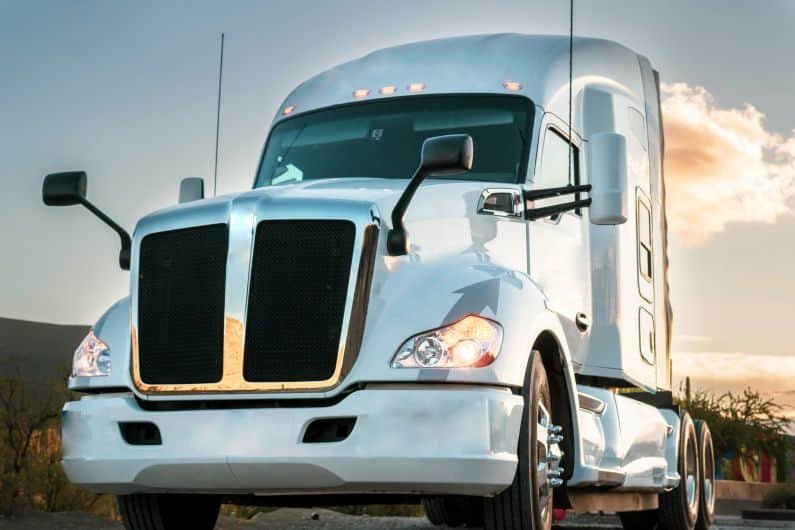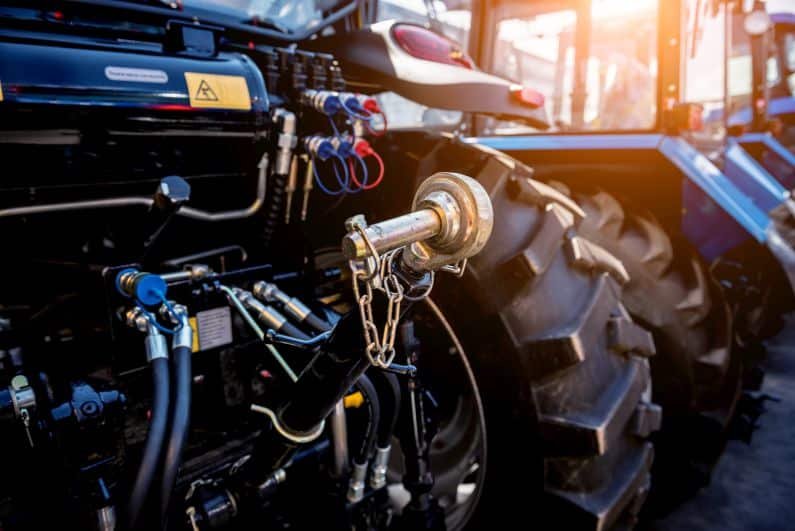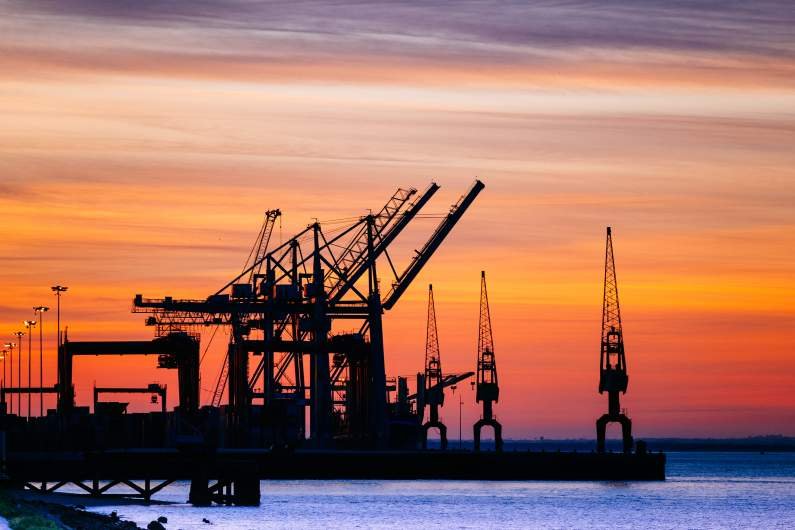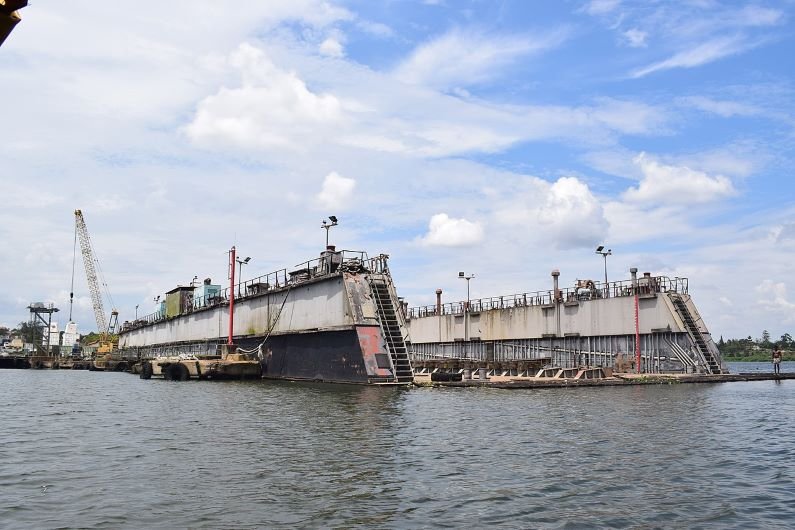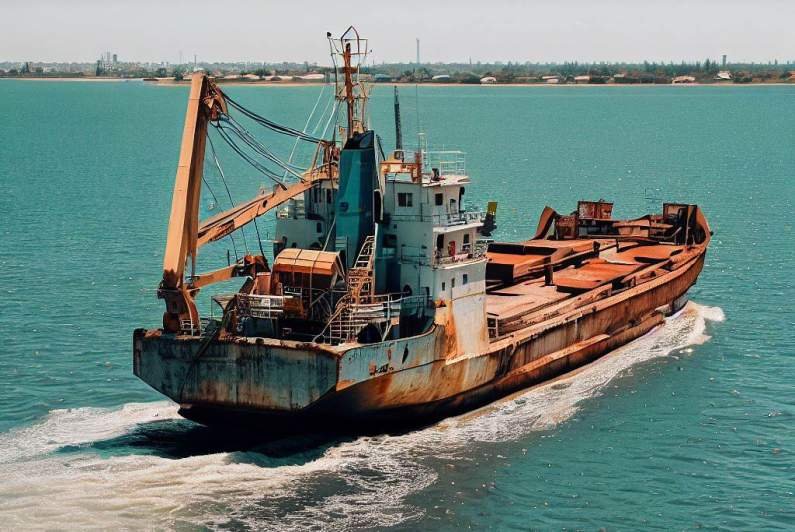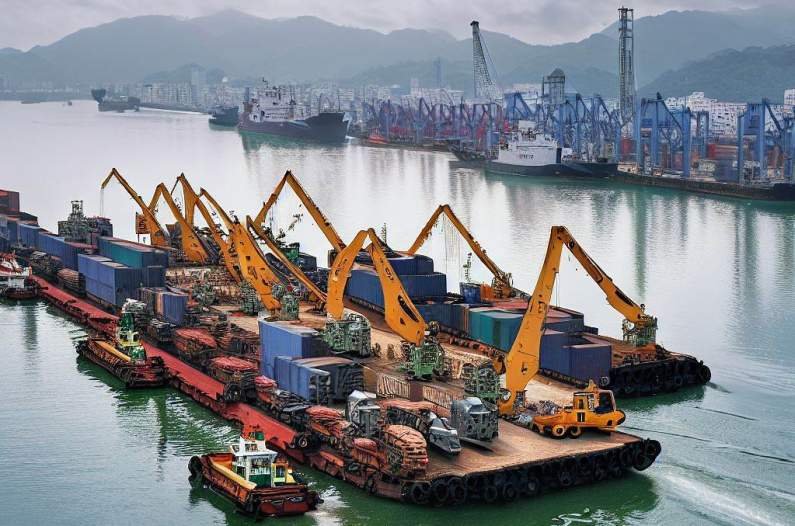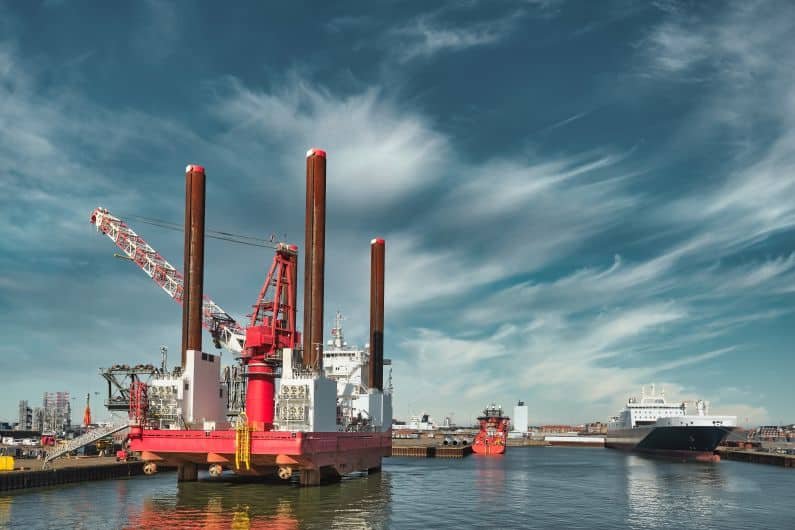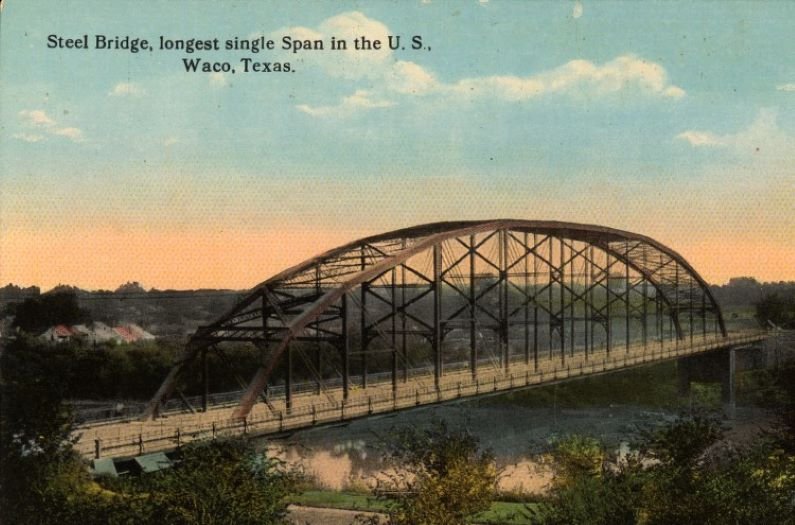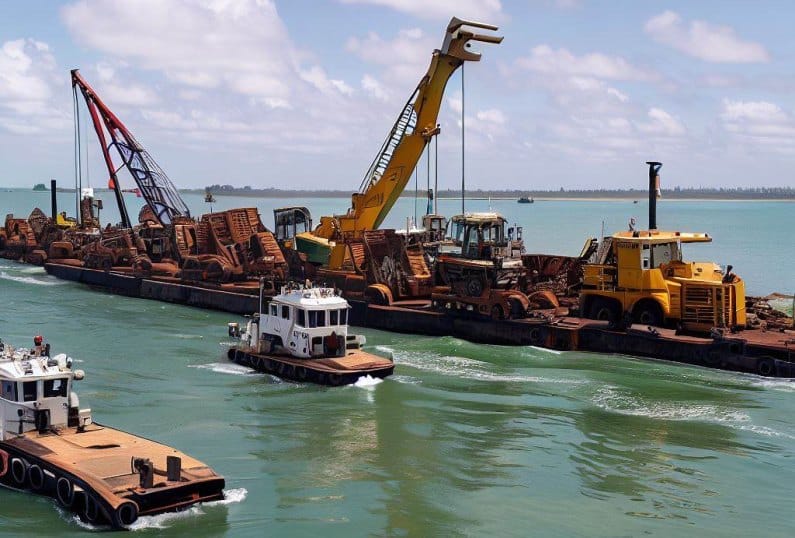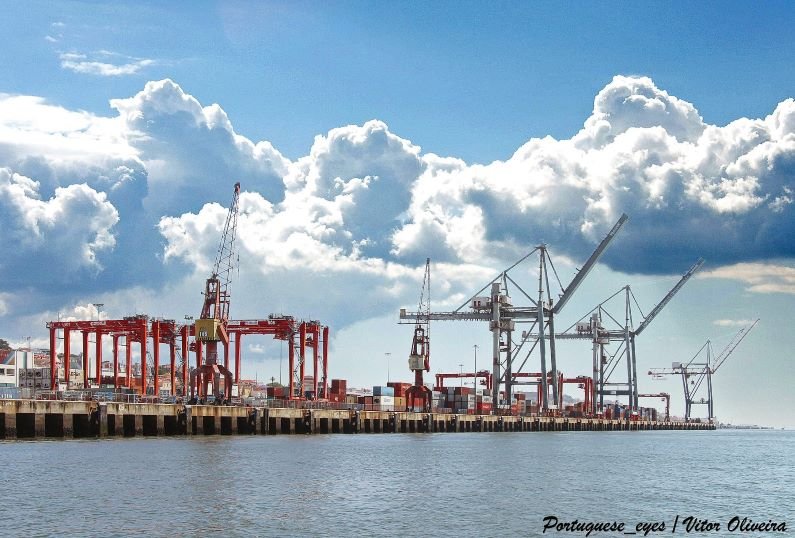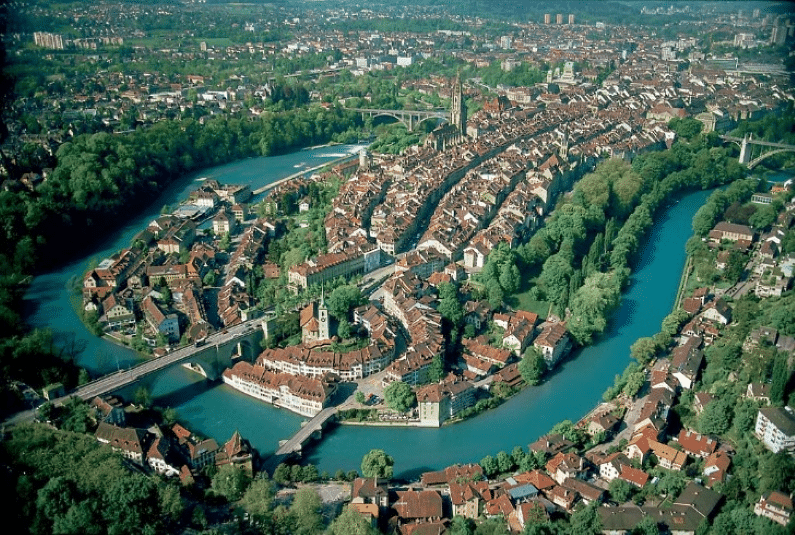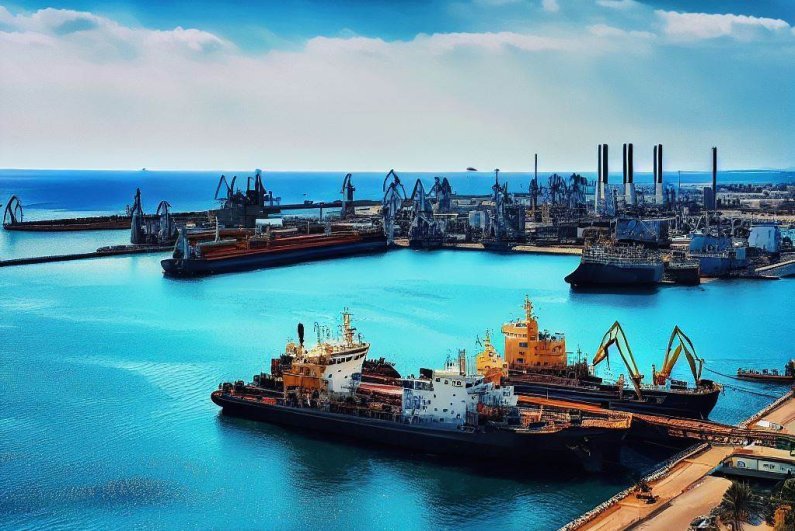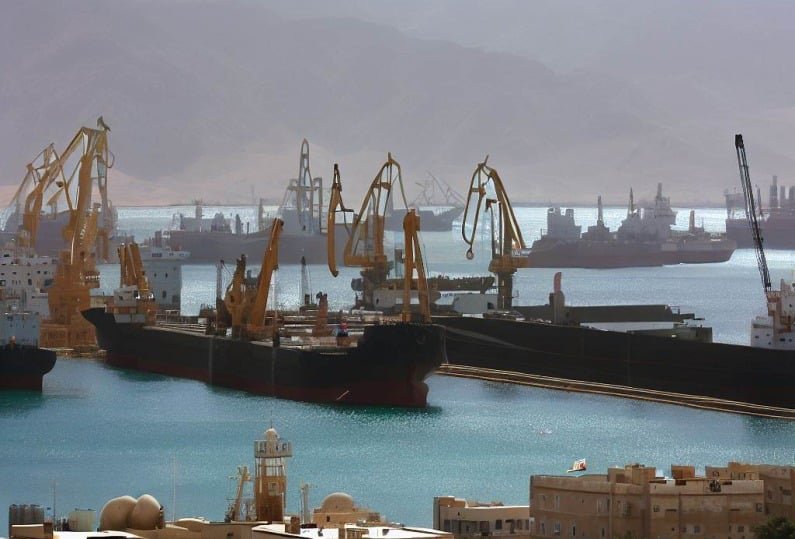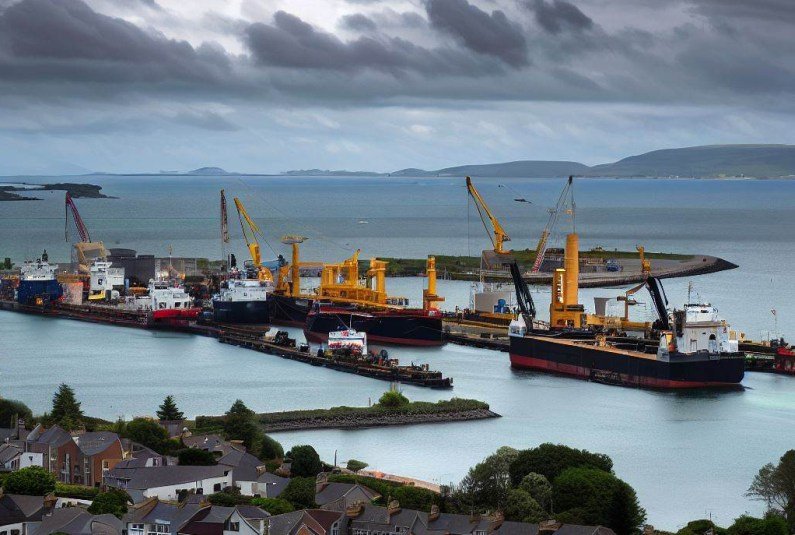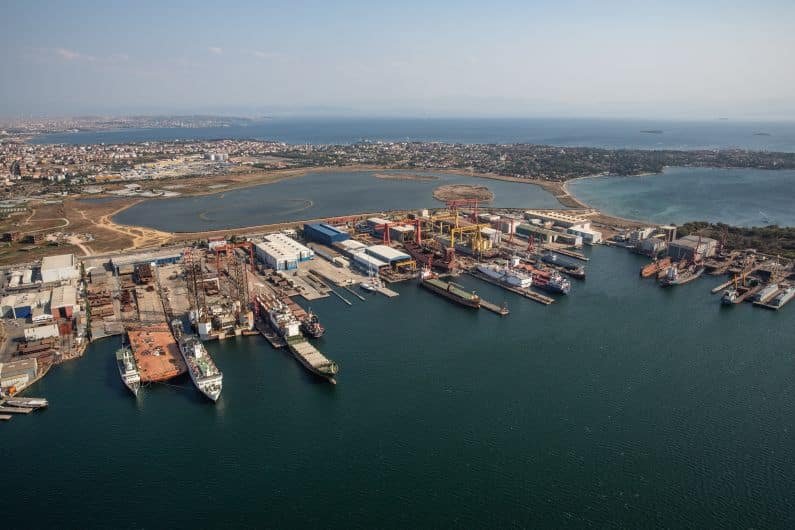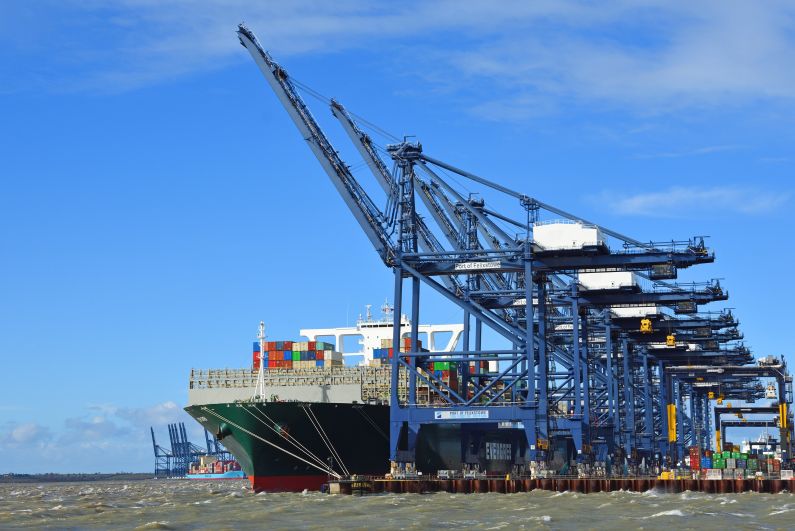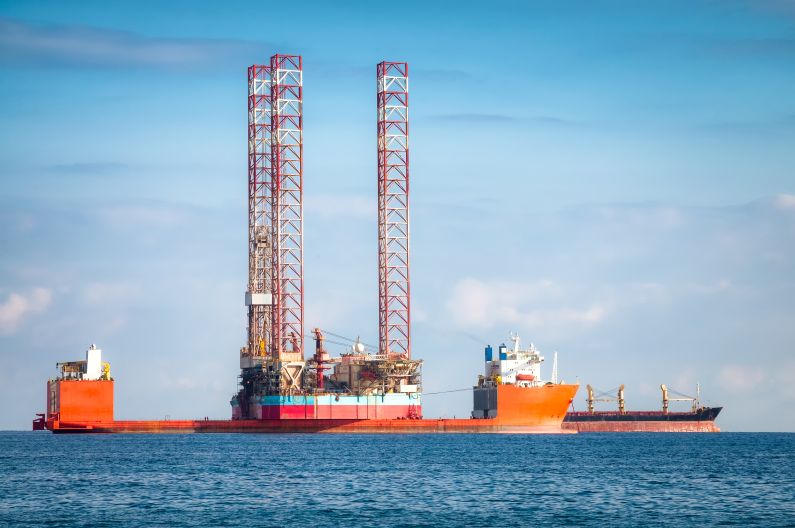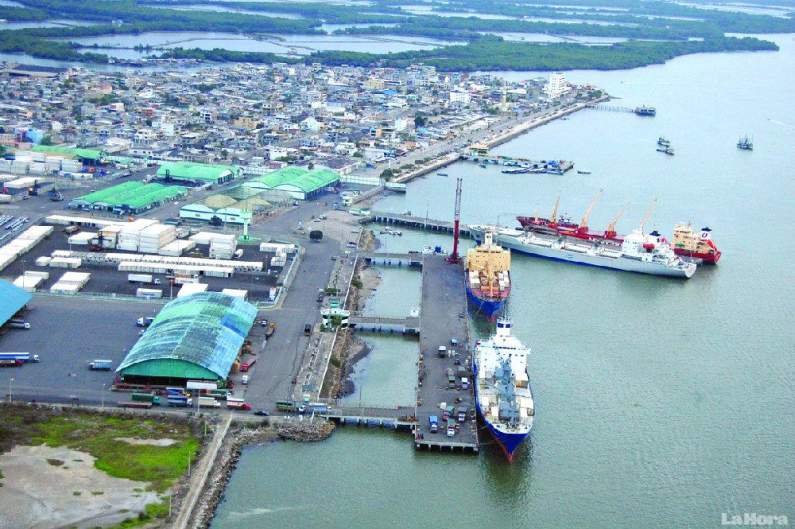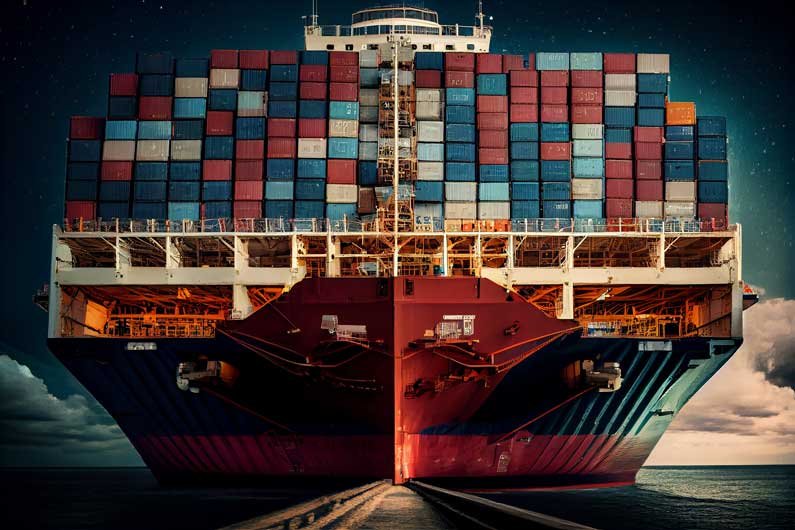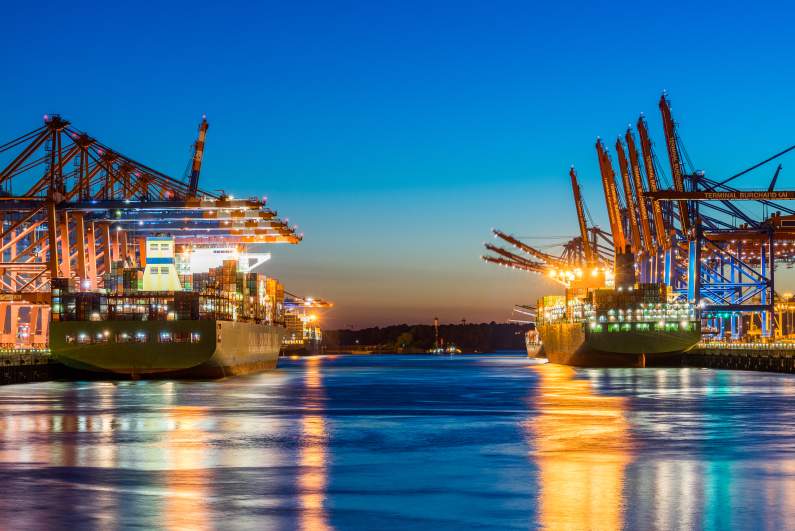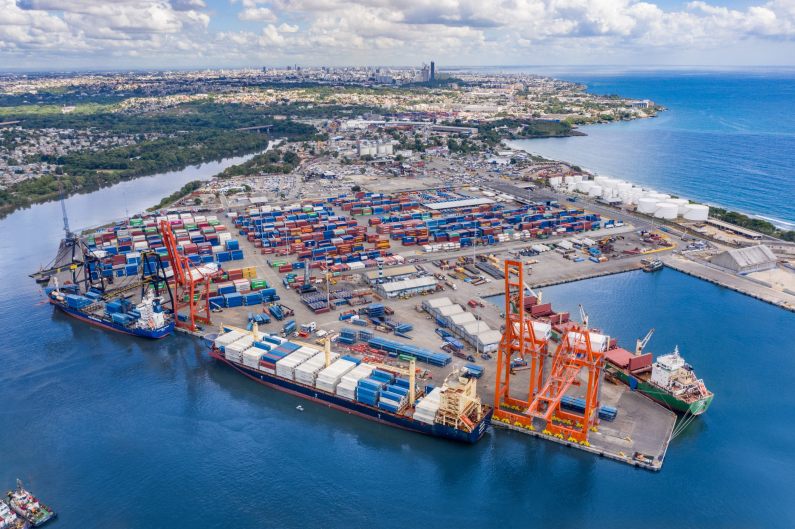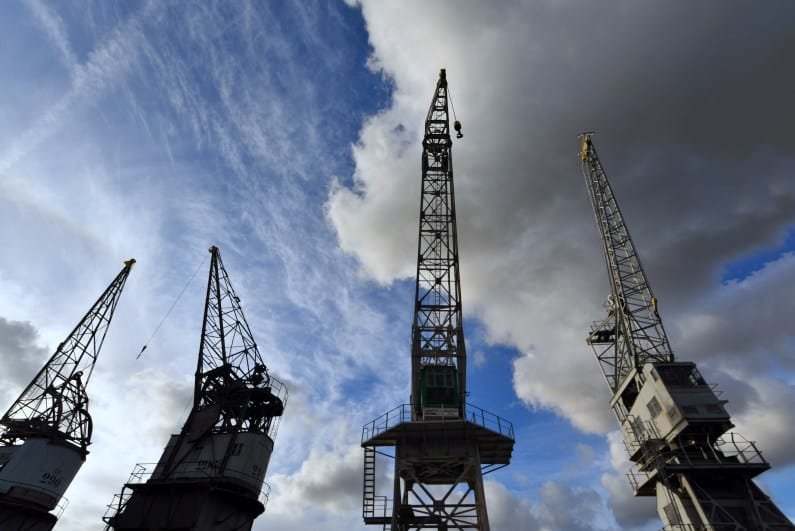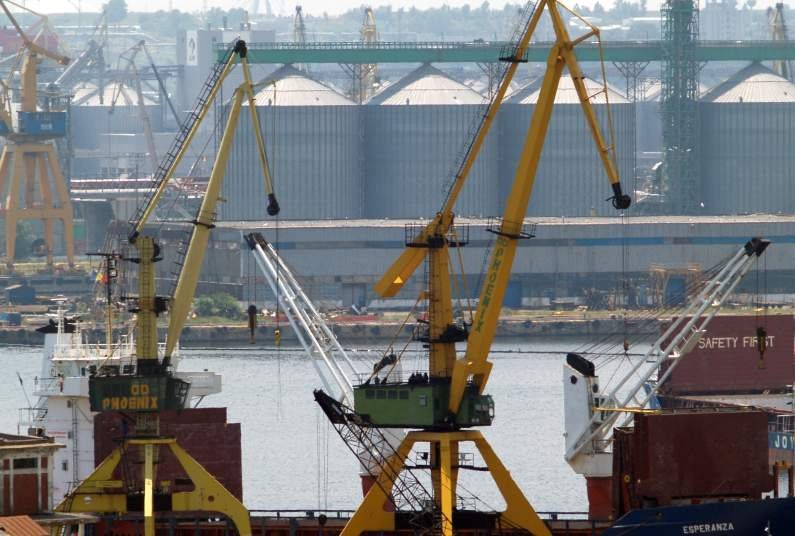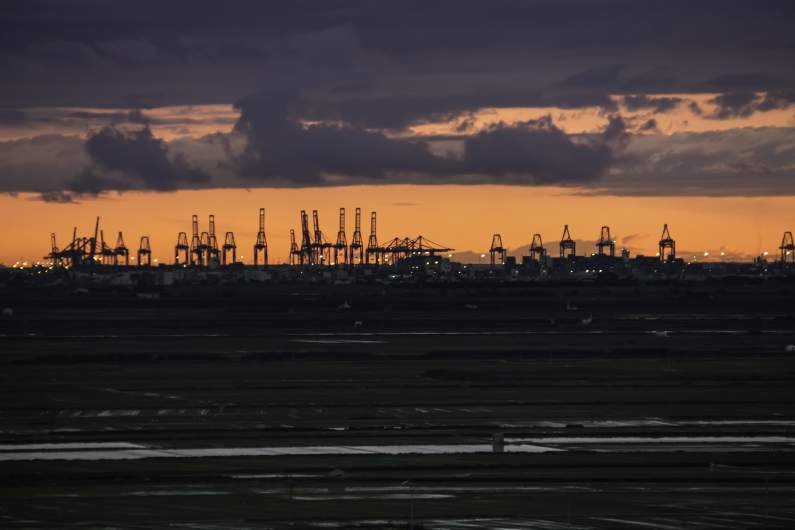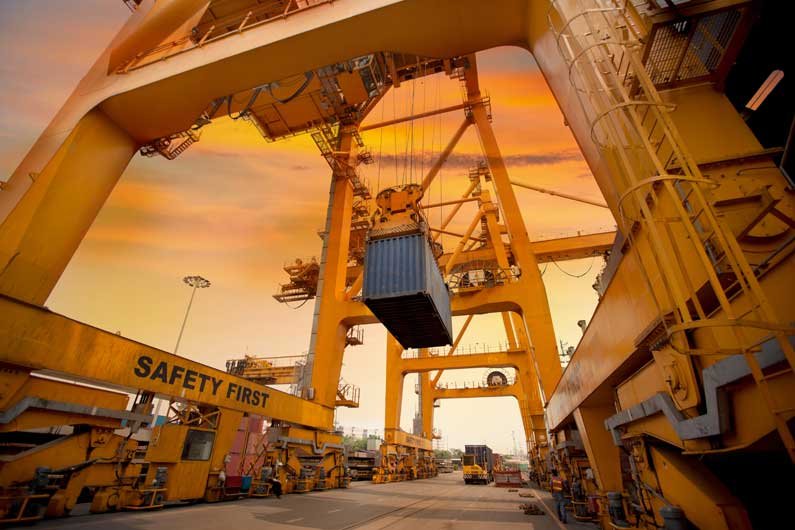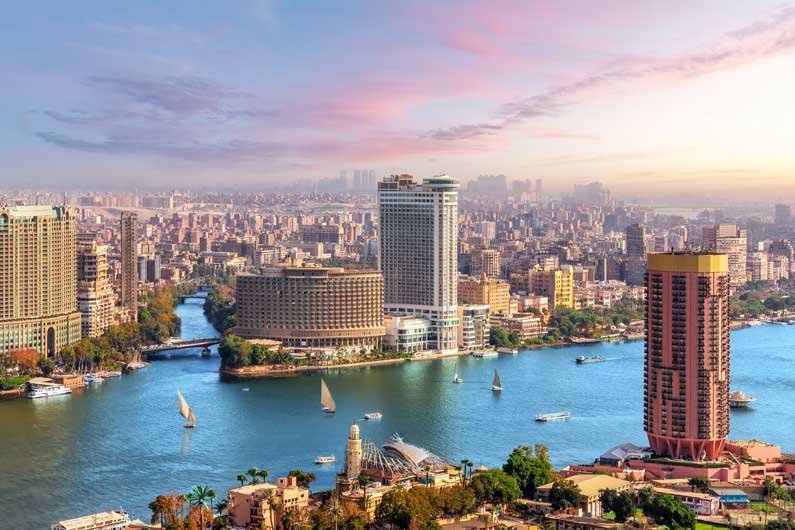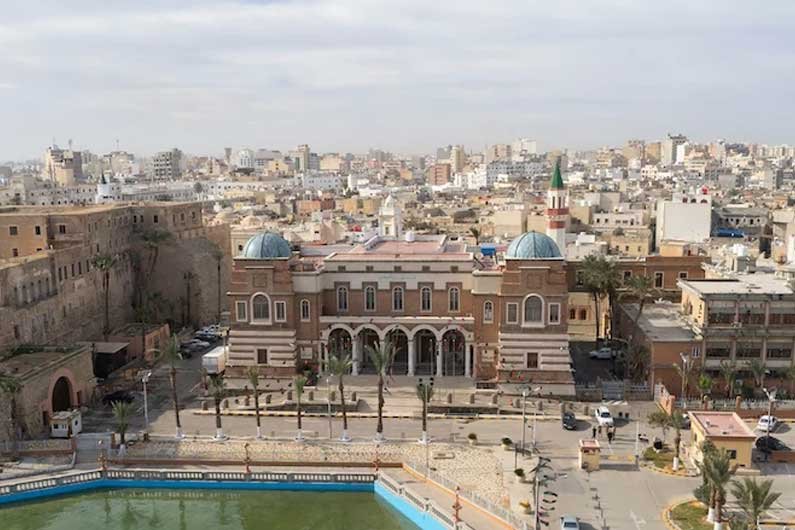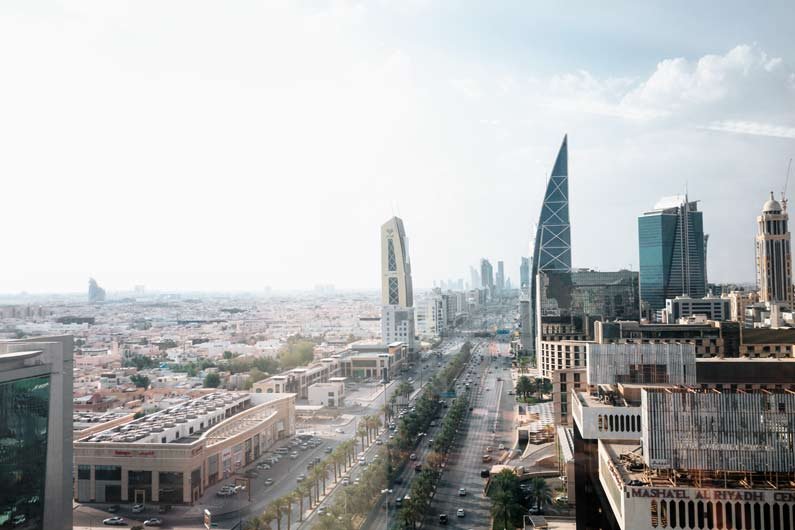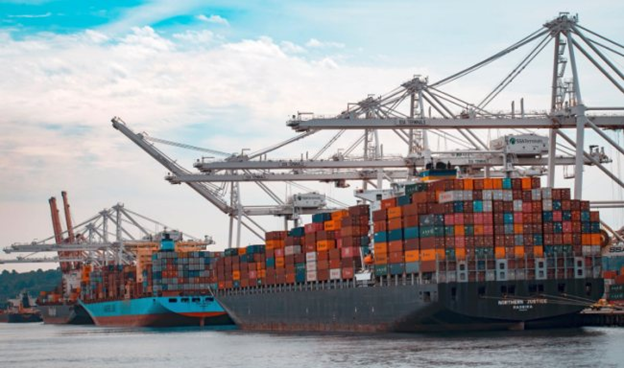In our first installment of this series on the stages involved in our project cargo movement by barge, we outlined the initial stages of collecting the thermal oxidizer and transporting it to the starting barge terminal in Tulsa.
This included the upstream logistical details that we at Texas International Freight are old hands at, such as smoothing out the edges of what might seem like a straightforward truck ride from one side of Tulsa to the other but was anything but. After that we left the thermal oxidizer safely on our truck at the barge terminal ready for another early start the following day.
On the Waterfront
The day started at 6 am at the terminal and before anything else could go ahead, we had our standard safety meeting where we outlined the schedule for the day ahead, each team members’ responsibilities, checked everyone was wearing the correct safety gear and went over what to do in the event of an emergency. During this time, and ever since we had left the terminal the previous evening, the gantry crane for lifting the thermal oxidizer was positioned over the hopper barge to transport the equipment, ready to go into operation.
Our first task was to prepare the barge for the cargo, and that meant removing the hatches covering the barge’s hold with a tracked crane. Next, our truck had to reverse into position under the gantry crane to allow it to pick up the cargo from the truck bed. The truck pulled away to allow the crane to steadily move the machinery over the barge and lower it into the hold.
This task requires attention to detail anyway, but one of the hidden pieces of work we have to do is bear in mind the position of the lifting lugs and the parameters of the destination terminal in Southern Louisiana. This meant we had to load the cargo as close as possible to the aft/stern end of the barge so that we would be able to unload at the destination.
If we’re positioning cargo at one end of the barge like this, we always have to consider the weight distribution and there are some situations where we would have to counterbalance that weight. In this case, however, the cargo was relatively light and, consequently, no problem for a barge of this size, so no counterweight was required.
Once on the barge, we secured it and made it ready for transport. A day or so later, the barge set off as part of a tow of barges on the 806-mile river journey that took in the Verdigris River, the Arkansas River and finally the Mississippi before it reached Port Allen Lock, a little to the south of Baton Rouge, Louisiana, 18 days later.
Transporting it as part of a tow is a way to streamline costs, but the compromise is that the project has to follow an external schedule. During the journey, the barges had to cross a number of locks as well as stop at Rosedale at the point where the Arkansas River joins the Mississippi.
The Last Stretch
Having arrived without incident at Port Allen Lock, its fleet services met us and guided the barge into our terminal at the lock. Earlier, we mentioned how we had to ensure the cargo was positioned at the stern of the barge; the reason for this was that the marine travel lift at the facility could only reach a maximum of 80 feet from the shore. The oxidizer measured 80 ft but the barge itself was 200 feet long. Had we placed the cargo at the barge’s midpoint, it would have made it impossible for the travel lift to reach the lifting lugs.
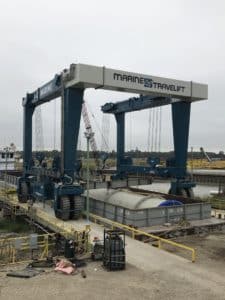
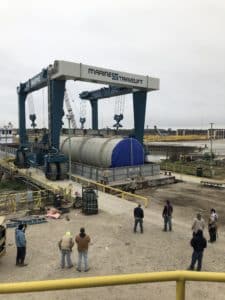
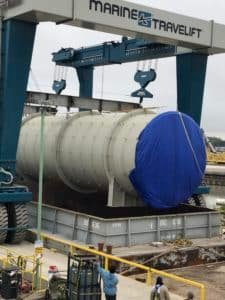 This is one of the challenges of this facility but since we had checked, double-checked and triple-checked our numbers, and due to the solid relationship we have with our vendors, we can anticipate those minor issues that can cause big problems – and push costs up – and we made alternative arrangements.
This is one of the challenges of this facility but since we had checked, double-checked and triple-checked our numbers, and due to the solid relationship we have with our vendors, we can anticipate those minor issues that can cause big problems – and push costs up – and we made alternative arrangements.
Back on Dry Land
Once again it was a pre-dawn start, the day we lifted the cargo off the barge. With big projects like this, we often start early as we’re not sure exactly how much time we will need. We might also need to build in extra time for fixing any issues that arise, such as broken or missing parts. Through remote control, the travel lift was positioned over the cargo, which was then attached to the spreader bars and lifted out of the barge. Our truck, which had driven down to wait for the barge in Louisiana, reversed under the cargo for it to be lowered onto the truck bed.The next and final part of the journey was to a plant a mere 10 miles down the road that removes harmful gases from the atmosphere where the thermal oxidizer was to be installed. This part of the project was a piece of cake as it only took a few hours to get from Port Allen to the plant. This was down to the short distance and the fact that we did not have to negotiate that much infrastructure, unlike back in Tulsa!
Project Cargo Movement by Barge Completed – Trucking Begins
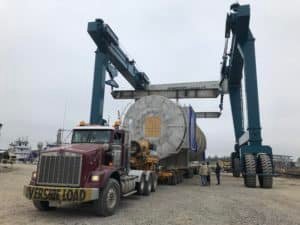 As you can see, a lot of planning and early-stage work has to go into organizing the movement of cargo by barge, even for a project that was relatively straightforward like this one. That did not mean we didn’t come up against challenges.However, with our years of experience and the good relationships we’ve developed with our vendors, we can anticipate such problems and overcome them, without adding to the timeframe or incurring additional costs for our clients. If you would like more information about our barge shipping services, please contact us today.
As you can see, a lot of planning and early-stage work has to go into organizing the movement of cargo by barge, even for a project that was relatively straightforward like this one. That did not mean we didn’t come up against challenges.However, with our years of experience and the good relationships we’ve developed with our vendors, we can anticipate such problems and overcome them, without adding to the timeframe or incurring additional costs for our clients. If you would like more information about our barge shipping services, please contact us today.

